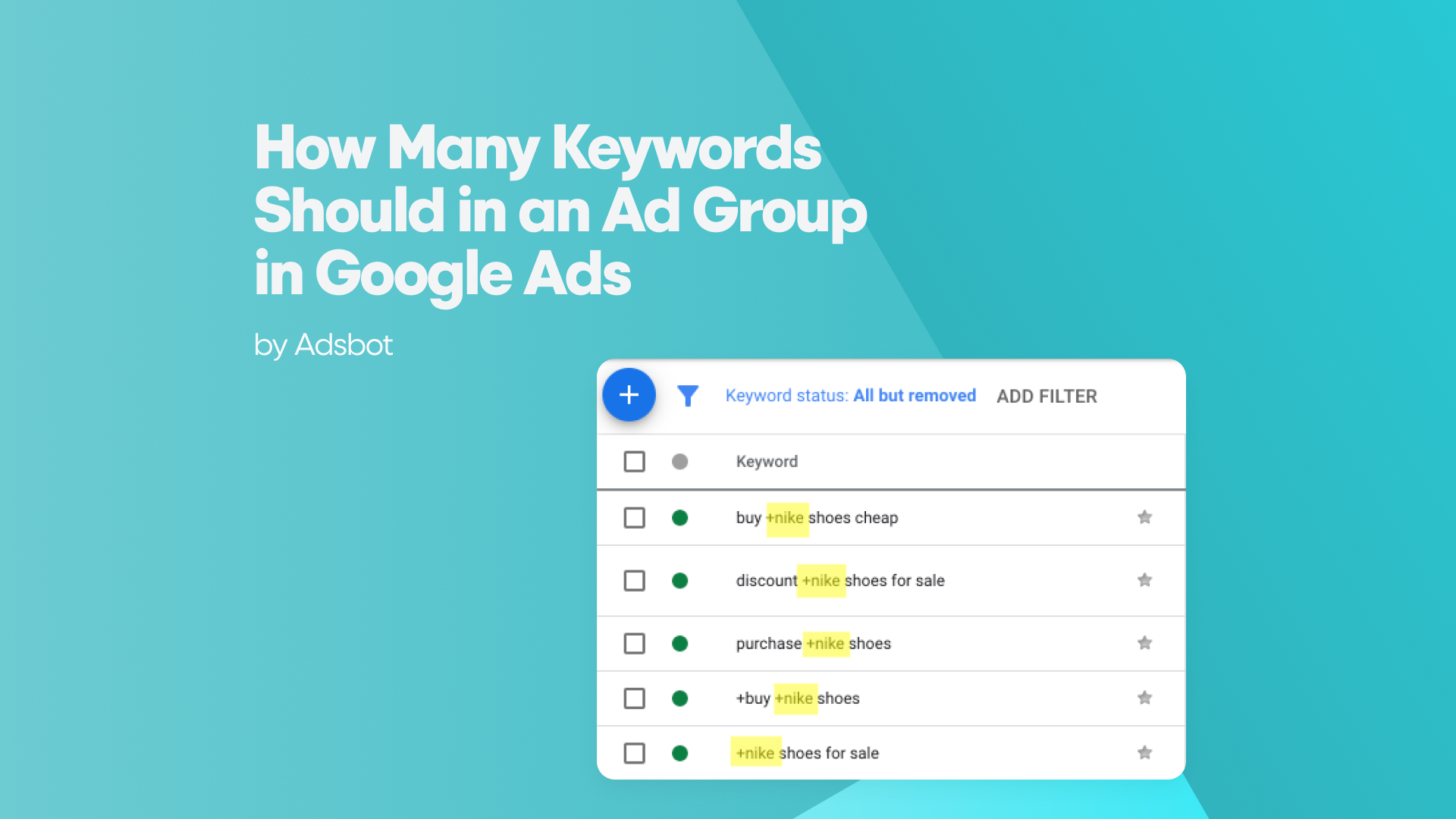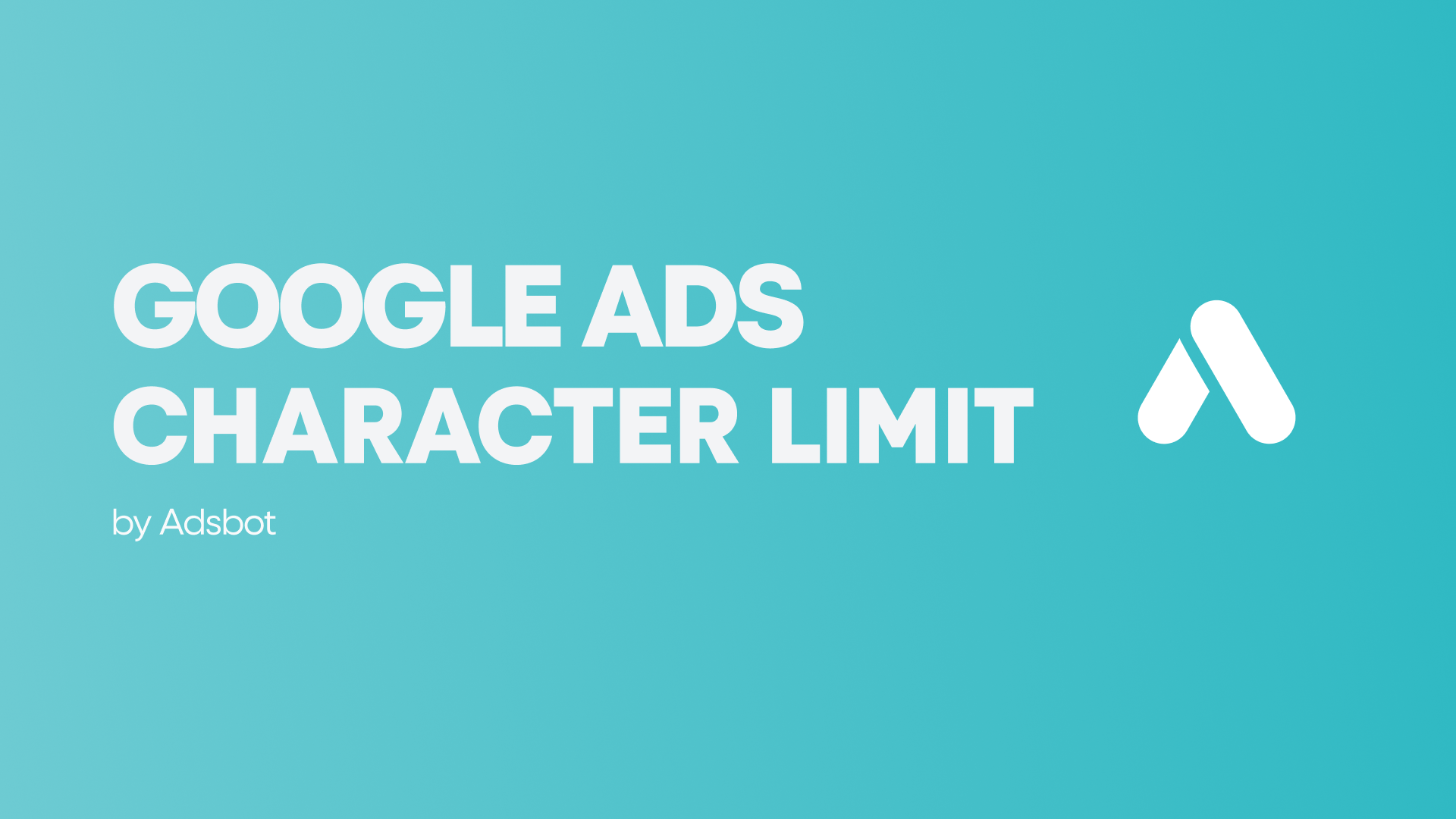Return on Ad Spend (ROAS) is more than just a metric; it’s a vital tool that empowers marketers to gauge the efficiency and effectiveness of their digital advertising endeavors. Mastering the art of calculating ROAS accurately is not only essential but also strategic, as it allows businesses to make informed decisions regarding their advertising investments. By understanding how to derive ROAS and harness its insights, businesses can unlock valuable opportunities to fine-tune their advertising strategies, allocate resources wisely, and ultimately, achieve higher returns on investment. Throughout this comprehensive guide, we will embark on a journey to unravel the intricacies of ROAS calculation, providing step-by-step instructions, practical examples, and expert insights to demystify this crucial metric.
Additionally, we will delve into the nuances of interpreting ROAS results, identifying benchmarks for success, and implementing actionable strategies to enhance ROAS performance over time. Whether you’re a seasoned marketer seeking to optimize your advertising campaigns or a business owner aiming to maximize the impact of your marketing budget, understanding how to calculate ROAS effectively is an indispensable skill that can drive tangible results and propel your business towards greater success in the competitive digital landscape.
How to Calculate Return on Ad Spend (ROAS)
ROAS is derived by dividing the revenue generated from advertising by the total advertising costs incurred.
The ROAS formula is quite simple:
ROAS = Revenue / Ad Spend
Here’s what each part means:
- Revenue: This is the total amount of sales you generate from your advertising campaign.
- Ad Spend: This is the total amount of money you spend on your advertising efforts.
ROAS = Revenue Generated from Advertising / Total Advertising Costs For instance, if a company invests $1,000 in advertising and generates $5,000 in revenue from those ads, the ROAS calculation would be as follows: ROAS = $5,000 / $1,000 ROAS = 5 This indicates that for every dollar spent on advertising, the company generates $5 in revenue.
What Is a Good ROAS?
Determining what constitutes a good ROAS depends on various factors, including industry benchmarks, business objectives, and profit margins. While a ROAS of 4 or higher is generally considered good, it’s essential to contextualize this metric within the specific dynamics of each business. For instance, industries with higher profit margins may have higher ROAS benchmarks. Additionally, benchmarking ROAS against competitors and industry standards can provide valuable insights into performance.
There’s no one-size-fits-all answer to this question. A “good” ROAS depends on your industry, advertising platform, and business goals. However, generally speaking, an ROAS of 4:1 (meaning you generate $4 for every $1 spent) is considered good.
How Do You Improve Your ROAS?
Enhancing ROAS involves optimizing different facets of advertising campaigns to maximize revenue generation while minimizing costs. Some effective strategies to improve ROAS include:
- Advanced Targeting
Utilizing advanced targeting options to refine audience demographics, interests, and behaviors, ensuring ads reach the most relevant and high-value customers.
- Compelling Ad Creative
Developing visually captivating and engaging ad creatives that resonate with the target audience, evoke emotion, and drive meaningful interactions and conversions.
- Bid Optimization
Implementing strategic bid management techniques to optimize bidding strategies, allocate budget efficiently, and maximize returns on high-performing campaigns and keywords.
- Landing Page Optimization
Optimizing landing pages to deliver a seamless and user-friendly experience, aligning with ad messaging, and facilitating effortless conversions.
- Rigorous Tracking and Attribution
Implementing robust tracking and attribution methodologies to accurately measure the impact of advertising campaigns on revenue generation, enabling data-driven optimization and decision-making.
- Ad Frequency Management
Keeping a close eye on ad frequency to prevent ad fatigue and ensure that your audience remains engaged with your ads. Rotating ad creatives and refreshing content regularly can help maintain interest and prevent saturation.
- Ad Placement Optimization
Experimenting with different ad placements across various platforms and channels to identify the most effective channels for reaching your target audience. By allocating budget to the best-performing placements, you can optimize ROAS and improve overall campaign performance.
- Retargeting Strategies
Implementing retargeting campaigns to re-engage users who have previously interacted with your brand but haven’t converted. Retargeting allows you to stay top-of-mind with potential customers and increase the likelihood of conversion, ultimately boosting ROAS.
- A/B Testing
Conducting A/B tests on different ad elements such as headlines, images, and calls-to-action to identify which variations perform best. By continuously testing and optimizing ad creatives and messaging, you can refine your campaigns and improve ROAS over time.
- Continuous Optimization
Regularly monitoring campaign performance metrics such as click-through rates, conversion rates, and cost per acquisition to identify areas for improvement. By iterating on successful strategies and eliminating underperforming elements, you can continually optimize your campaigns and maximize ROAS.
What Is the Difference Between ROAS and ROI?
ROAS is typically expressed as a ratio or percentage, indicating the revenue generated for every unit of currency spent on advertising. In contrast, ROI is expressed as a percentage, representing the overall return on investment relative to the initial investment amount. Another key distinction is that ROAS focuses exclusively on revenue generated from advertising efforts, while ROI takes into account all revenue and costs associated with an investment, providing a comprehensive measure of profitability. Additionally, ROAS is often used as a performance indicator for specific advertising campaigns or channels, allowing marketers to assess the effectiveness of their advertising spend in real-time. Conversely, ROI provides a broader perspective on the overall profitability of an investment, considering both revenue and expenses over a specified period. Despite these differences, both ROAS and ROI are valuable metrics for evaluating the effectiveness and profitability of advertising campaigns and investments, providing marketers with actionable insights to inform strategic decision-making and optimize resource allocation.
Mastering ROAS is paramount for marketers navigating the intricacies of digital advertising and striving for optimal performance and profitability. By grasping the fundamentals of ROAS calculation, interpreting its implications, and implementing strategic initiatives to improve ROAS, businesses can refine their advertising strategies, drive revenue growth, and achieve sustained success in the competitive digital landscape. With a nuanced understanding of ROAS and its strategic application, businesses can unlock new avenues for growth and capitalize on the immense potential of digital advertising to drive business success.
Popular Posts
-
Google Ads Script for Dummies: An Introduction
Imagine you have an e-commerce website that sells licensed superhero…
Read more -
How Many Keywords Should in an Ad Group in Google Ads?
Are you new to Google Ads and trying to…
Read more -
Google Ads Character Limits
Google Ads has character limits for various elements of an…
Read more -
All You Need to Know Before Starting Your Keyword Research
So, you have built your business and the time has…
Read more
Register for our Free 14-day Trial now!
No credit card required, cancel anytime.





